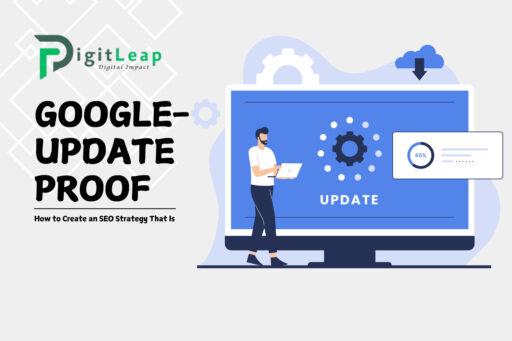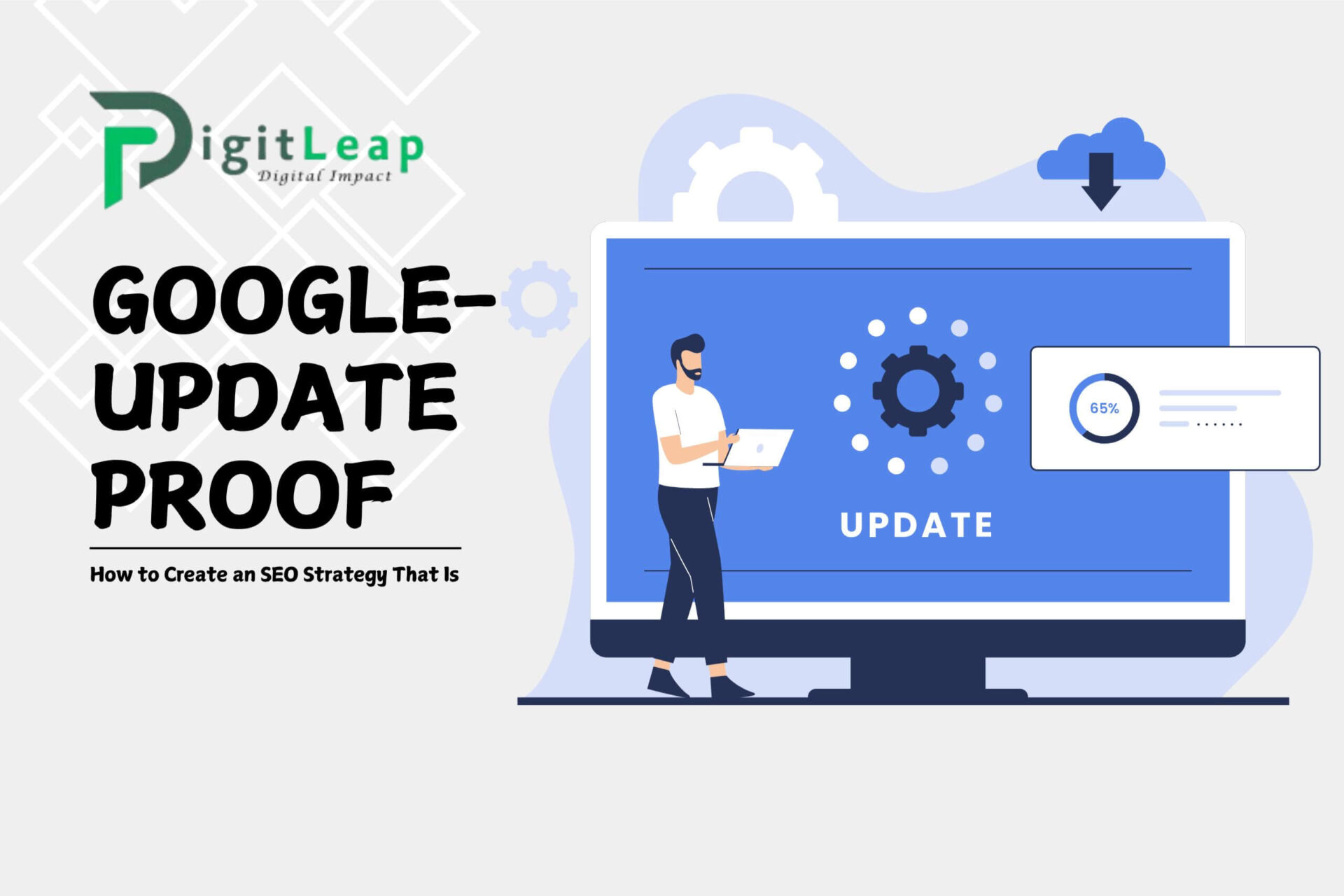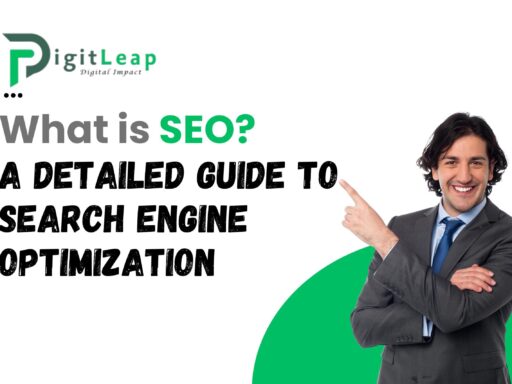How to Create an SEO Strategy That Is Google-Update Proof
If you’ve ever been affected by a Google update, you know the feeling—one day, your rankings are great, and the next, they’ve dropped like a rock. It can be frustrating and confusing, especially when you’re not sure what exactly changed. But the truth is, Google is constantly updating its algorithms to provide users with better, more relevant search results. So how can you create an SEO strategy that stays effective, even as Google’s algorithms evolve?
The key is to focus on long-term, sustainable tactics that align with Google’s mission of delivering the best content to users. Instead of chasing the latest SEO tricks or hacks, building a strong foundation that withstands updates is the way to go. Let’s walk through how you can build an SEO strategy that’s Google-update proof.
Understand Google’s Core Mission
Before diving into tactics, it’s crucial to understand why Google makes updates. The primary goal of Google is to provide the best, most relevant information to users. Every update, whether it’s major or minor, aims to improve user experience by serving the highest-quality content.
When you align your SEO strategy with this goal, you’re already on the right track. If you focus on providing genuine value to your audience and creating content that solves their problems, Google updates are less likely to negatively impact you. This is because Google rewards websites that prioritize user experience and relevancy.
Prioritize Quality Content
One of the most important aspects of any Google-proof SEO strategy is quality content. Google’s algorithms are designed to identify and reward content that offers real value to users. That means your content should be:
- Original: Avoid duplicating content from other sites. Google loves fresh, unique insights.
- Comprehensive: Go beyond surface-level content. Provide in-depth, well-researched information that answers users’ questions fully.
- Relevant: Tailor your content to the needs and interests of your target audience. Make sure it’s solving real problems or offering useful advice.
By consistently producing high-quality content, you’re building a solid foundation that Google’s updates will likely favor, rather than penalize. Remember, no matter how algorithms change, content that serves the user’s needs will always be valued.
Focus on User Experience (UX)
Google places a high priority on user experience. This includes everything from how fast your website loads to how easy it is to navigate. If your site provides a smooth, enjoyable experience, Google will view it more favorably.
To improve user experience, focus on the following:
- Page Speed: Ensure your website loads quickly on all devices, especially mobile. Use tools like Google’s PageSpeed Insights to identify areas for improvement.
- Mobile-Friendliness: With more people searching from their phones, mobile optimization is non-negotiable. Make sure your site is responsive, meaning it adjusts seamlessly to different screen sizes.
- Clear Navigation: A well-organized website with intuitive navigation helps users find the information they need quickly. This reduces bounce rates and keeps visitors engaged.
By prioritizing UX, not only are you creating a better experience for your audience, but you’re also aligning with Google’s focus on delivering the best results to users.
Build Natural, High-Quality Backlinks
Backlinks have always been a cornerstone of SEO, but not all backlinks are created equal. Google’s algorithms are smart enough to differentiate between natural, high-quality backlinks and those that are paid for or manipulated.
To build a backlink profile that withstands Google updates:
- Earn Links Organically: Focus on creating content that people want to link to. This could include comprehensive guides, original research, or insightful blog posts.
- Avoid Spammy Tactics: Steer clear of buying links or participating in link schemes. Google’s updates often target unnatural link-building practices, which can result in penalties.
- Leverage Guest Blogging: Contribute valuable content to reputable sites in your industry. In return, you’ll gain a backlink to your site, which improves your authority and credibility.
When it comes to backlinks, it’s all about quality over quantity. A few links from authoritative, relevant sites are far more beneficial than dozens of links from low-quality or irrelevant sources.
Optimize for E-A-T (Expertise, Authoritativeness, Trustworthiness)
Google uses a concept known as E-A-T to evaluate content. E-A-T stands for Expertise, Authoritativeness, and Trustworthiness, and it’s a framework that helps Google determine the credibility and reliability of a website.
To optimize your site for E-A-T:
- Showcase Expertise: Make sure your content is written or reviewed by experts in your field. For example, if you run a health blog, having a doctor write or verify your articles will signal to Google that your content is trustworthy.
- Build Authority: Over time, as more people link to your content and share it, your site will naturally become more authoritative. Participate in your industry’s online community, get involved in discussions, and provide insights that showcase your knowledge.
- Establish Trust: Transparency is key to building trust. Make sure your website includes essential pages like “About Us,” “Contact,” and a clear privacy policy. Customer reviews, testimonials, and security badges (like SSL certificates) can also enhance trustworthiness.
By focusing on E-A-T, you’re ensuring that your website not only provides value but is seen as a credible and reliable source of information by both users and search engines.
Avoid Black Hat SEO Tactics
It can be tempting to use black hat SEO tactics for quick gains, but these methods almost always backfire in the long run. Google updates frequently target and penalize sites that engage in manipulative SEO practices.
Common black hat tactics to avoid include:
- Keyword Stuffing: Overloading your content with keywords in an unnatural way can lead to penalties.
- Cloaking: This is when you show different content to users and search engines, a deceptive practice that Google strictly penalizes.
- Link Schemes: Paying for backlinks or participating in link exchanges that don’t provide real value can hurt your rankings when Google catches on.
Instead of focusing on shortcuts, invest your time and resources in white hat SEO practices that comply with Google’s guidelines. This ensures that your site is built to last, regardless of algorithm changes.
Regularly Update and Audit Your Content
SEO is not a one-and-done process. As your industry evolves and user behavior changes, so should your content. One of the best ways to stay ahead of Google updates is by regularly updating and auditing your content.
- Update Old Posts: Refresh older content by adding new data, revising outdated information, or enhancing it with more detail. This signals to Google that your content is current and relevant.
- Audit for SEO Best Practices: Periodically review your website to ensure it still aligns with SEO best practices. This includes checking for broken links, optimizing meta tags, and improving on-page SEO elements like headings and alt texts.
By keeping your content fresh and relevant, you’re more likely to maintain or improve your rankings, even after a Google update.
Conclusion
Creating a Google-update proof SEO strategy requires a focus on long-term, sustainable practices that prioritize user experience and high-quality content. By aligning your strategy with Google’s mission to provide the best search experience for users, you can build a website that not only survives but thrives, regardless of algorithm changes.
At DigitLeap, we understand the complexities of SEO and the importance of future-proofing your strategy. By focusing on quality, user experience, and ethical SEO practices, we help businesses grow their online presence in a way that’s built to last. Let us guide you through creating an SEO strategy that stands strong, even in the face of Google’s evolving algorithms.






